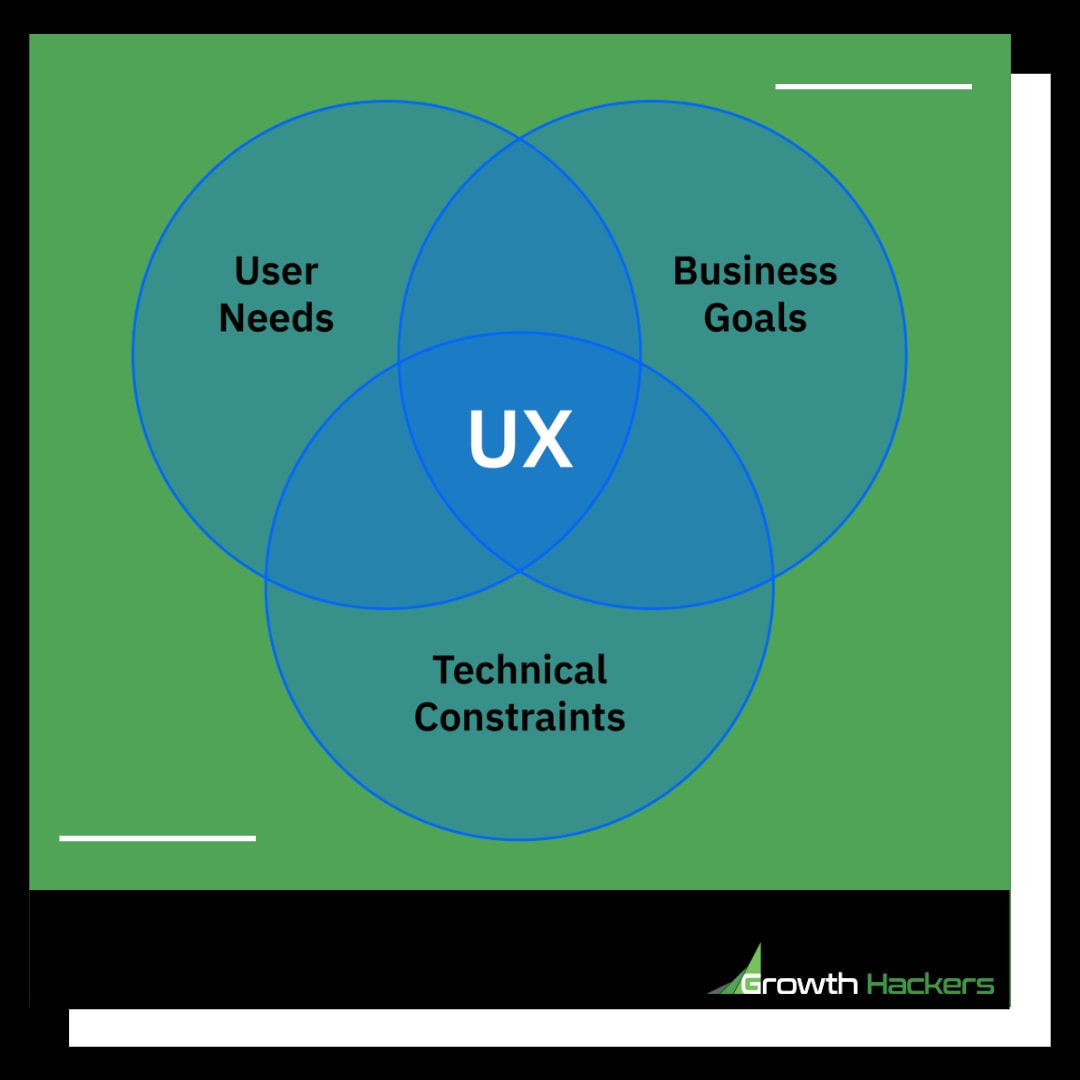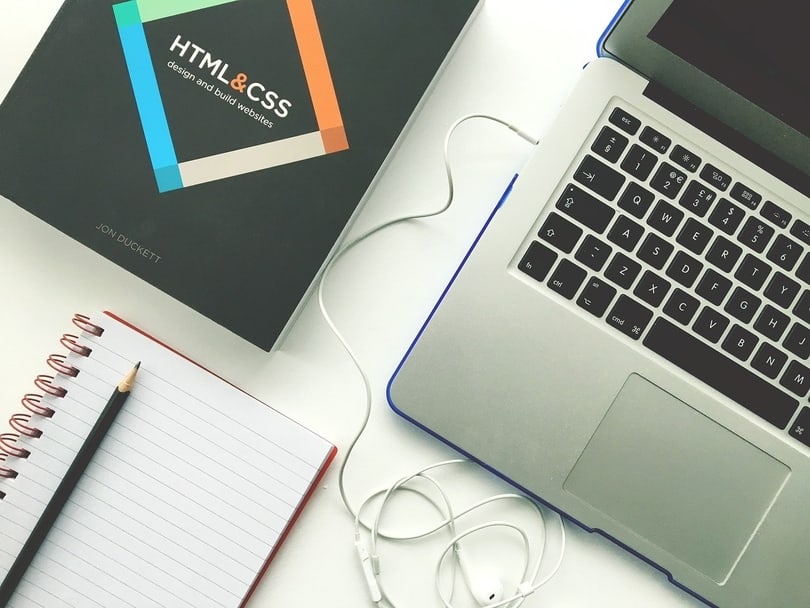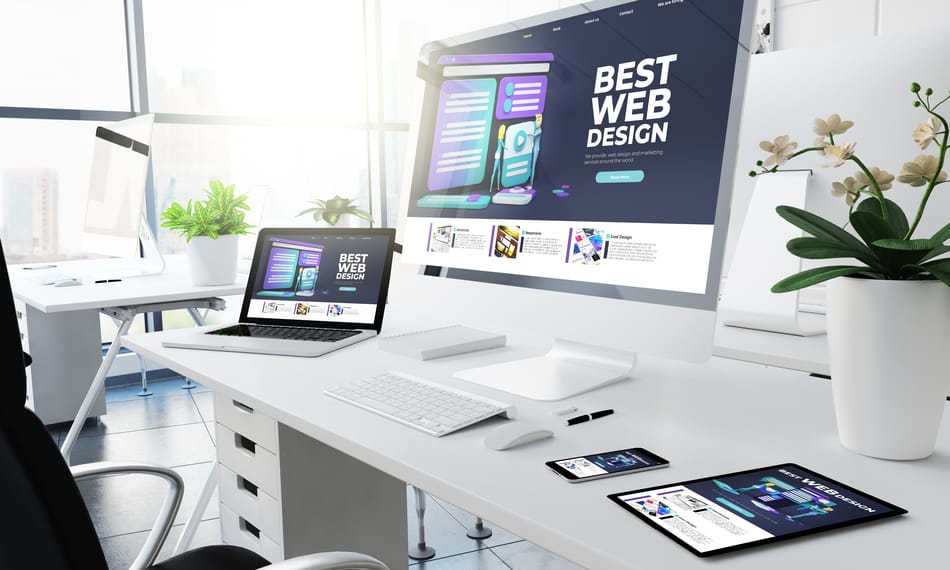It’s common for people to believe that the primary purpose of web design is to make a website as visually stunning as possible. In a sense, that kind of thinking is correct, as web designers do work to ensure that a website is attractive enough to get the attention of users. With the use of appropriate colors, typefaces, photos, graphics, and other visual elements, web designers regularly come up with websites that look so inviting that people would want to spend time exploring them. However, to say that website design is all about the aesthetics of a website would be diminishing its importance in achieving the goals of the business for which it was created. Web design does more than make a website look nice. For one, it helps with SEO for small business sites. More importantly, web design also impacts a business’ online sales significantly.
The Ever-increasing Importance of UX
A website with a visually impressive design will most certainly lure plenty of eyes to its pages. Getting them to stay long enough to give you the conversions you need, however, will entirely depend on whether they’re having a great user experience or UX while exploring the website. UX is not a new concept, but it has taken center stage recently, especially with Google making it an official ranking factor this year. Simply put, UX is all about the ease and comfort at which a user finds exploring a website, and web design is critical in providing the best UX imaginable. With great UX made possible by web design, your website stands a better chance of getting visitors to stay longer and purchase the products or services it’s offering. Great UX also typically leads to better customer satisfaction. You can expect the opposite if your web design dishes out bad UX vibes. Web design-induced terrible user experience will make users leave without hesitation and directly affect your sales. Let’s take a closer look at some of the UX-related issues that web design can correct to improve sales.

Pages That Take Forever To Load
No one likes waiting forever for a page to load. In the context of current Internet use, “forever” would be more than three seconds. So, if a page loads in three seconds or less, its speed would help make users stay, explore your site some more, and possibly buy whatever it is you’re selling. Page speed should be a top concern for all webmasters, who can make their sites as fast as possible through web design tweaks like avoiding the use of heavy graphics and custom fonts, and optimizing images. Finding a web hosting company with faster servers would also be a great idea.

Bad Website Navigation
For an Internet user, few things are as awful as getting lost within a website because of an unclear navigational structure. Users don’t like having to “hunt” for the pages that interest them. They want all the information accessible within a click or two. To retain visitors and keep them engaged to provide the conversions you need, you must make it easier for users to get to the information they want from your site. Fail to do that, and people will drop your site like a hot potato and contribute to a higher bounce rate, which can be bad if your website depends on visitors accessing more than one page to succeed. Some of the things you can do to improve website navigation include: • Dividing categories more clearly and visually—This is absolutely necessary, especially when there are several sections, categories, or sub-categories in your navigation. • Making clickable navigation elements—Make all navigation elements clickable links, and make them readily apparent to users as well. • Going with standard navigation placement—Some web designers can get creative with their navigation placement, like using multimedia, but standard placement lends itself better to user experience. Most people are used to finding a site’s navigation and search bars to the top or left of its main page, so put them there so users won’t have to look everywhere for them. • Creating internal links—Internal links have always been a handy way of helping people get around websites, but some web designers fail to make the hyperlinks stand out from the rest of the body copy, which results to users missing them. If you’re going to put internal links within the body text, underline them, color them differently, or do anything that will make them hard to miss for the user.
Too Many CTAs
There’s no doubt about the importance of call-to-action (CTA) buttons when it comes to getting visitors to patronize your offerings in one form or another. Some websites, however, engage in a CTA free-for-all on one landing page. Multiple CTAs are all right if all of them have the same conversion goal in mind, like one CTA saying “Download My ebook Now!” and the other asking you to “Get It Here” with a picture of the ebook underneath it. It’s an entirely different story if your landing page has two or more CTAs that egg on people to do different things like “Download My ebook Now!,” “Subscribe To My Blog,” and “Talk To Sales.” With multiple CTAs with different conversion goals competing for their attention on one page, visitors will likely end up distracted, confused, and annoyed to the point of leaving your site, which doesn’t bode well for your conversion and sales goals. As much as possible, stick to one clearly-defined, and highly visible CTA on your landing page. If you decide to go with more than one CTA, you should at least make sure that they’re all working towards the same conversion goal.
Long-Winded, Clunky Checkout
There are plenty of reasons people shopping on e-commerce sites abandon their carts. Some do it because shipping costs are too high, while others are turned off by slower than usual delivery times. Then there are people frustrated by a long and complicated checkout process. According to statistics from the Baymard Institute, long-winded and clunky checkouts force 18% of online shoppers in the United States to abandon their carts. Every e-commerce site would do well to simplify and streamline its checkout process. If you’re running one, have your web designer create a one-page popup checkout page instead of multi-step checkouts. That way, customers will find checking and editing their orders easier and quicker. With a streamlined checkout process, your business stands a better chance of reducing cart abandonment, which will lead to improved sales.

Mobile-Unfriendliness
M-commerce or mobile commerce is projected to generate trillion in sales in the next years. To improve their chances of getting a share of that pie, businesses should make their websites more mobile-friendly. Strangely enough, many websites remain mobile-unfriendly, which isn’t good in a world where the number of mobile users has long surpassed that of desktop users. For now, going for responsive design is what will make your website mobile-friendly, if it isn’t already. With responsive web design (RWD), your website will render well on a screen regardless of its size. Without responsive design, users who come across your website on their mobile devices will be forced to do a lot of pinching and zooming just to see whatever it is you’re offering. Truth be told, many won’t even bother doing any of that at all. They’ll just abandon your site and move on to a more mobile-friendly one. If you don’t want to miss out on mobile users' business, make responsive web design a priority now.
Unattractive and Outdated Visual Design
Graphic design isn't just about creating appealing visuals. We’ve been hammering the idea that the user experience will dictate whether visitors will spend more time exploring your site or bug out as soon as possible. However, you will still need to catch their eye in the first place before they can get the user experience that will help them decide whether to stay or go. When designing or rebranding a website, make sure that your new business website stands out from the crowd. There’s no chance of any of that happening when your website is downright unattractive. Users won’t waste another second of their time as soon as they see that there’s something off with your website’s looks. It could be contrasting and loud colors, a cluttered layout, or inappropriate fonts (Comic Sans on websites with serious themes, anyone?) that will instantly drive people away. A website that looks like it never saw a design update since it launched in the 1990s will also turn off potential customers.





7 Comments
Great piece! Without outstanding web design, interactions with clients might start off on the wrong foot. Put in your due design diligence before hand if you want your online sales to go off without a hitch.
Very insightful article! Website design can have a huge impact on user experience. Poor website design can cause users to become frustrated and disappointed with your site, forcing them to look for alternative solutions. Thanks for sharing such an interesting piece.
This article effectively highlights the undeniable impact that web design can have on online sales. As someone who’s interested in maximizing conversions and revenue for my online business, I found the insights and examples provided in this article to be both compelling and actionable.
Designing websites with accessibility in mind ensures that all users, including those with disabilities, can navigate and interact with the site.
This article explains the significant impact of web design on online sales. It provides practical insights that enhance website performance and increase conversions. Thank you.
It’s great to see the variety of styles coming from you. The mix of clean, modern aesthetics with practical design elements is really appealing.
Thanks for sharing such valuable web design advice! A strong design is the foundation of any effective website.